Lift the Veil: David Fincher’s New Film Exposes Manipulation of Popular Views
DIRECTED BY DAVID FINCHER/2020
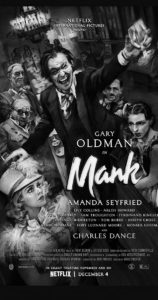
A significant turning point in The Wizard of Oz comes when Toto dares to pull back a curtain, revealing the hoax that has been at the center of the mystical region’s governance.
The “great and powerful” Oz is actually a former circus entertainer from Nebraska who performed sleight-of-hand tricks to make a living. His magical capabilities are shown to be utterly fraudulent as he confesses to being “a good man but a bad wizard.”
In one sense, The Wizard of Oz is a story about exploring illusions.
Dorothy embarks on a perilous journey so she can return to Kansas only to later discover she possessed the ability to go back all along. Her family and friends join her in pondering whether the unbelievable tale she relates was just a dream or something that really happened. And despite her yearnings for adventure in faraway lands, Dorothy eventually realizes, “There’s no place like home.”
The involvement of screenwriter Herman Mankiewicz in this 1939 film served as a prelude to his own exploits in a more jaded version of the Emerald City. His 1940 collaboration with Orson Welles also sought to lift a veil and expose the bad wizards manipulating the levers of public opinion.
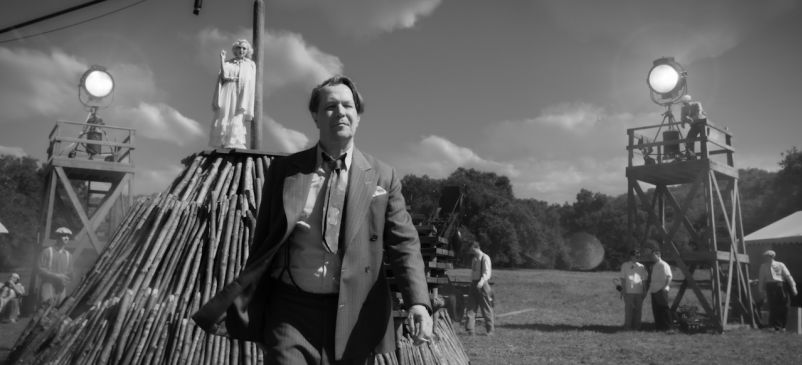
With a limited released in theaters in November and now streaming on Netflix, Mank is an intriguing peek behind the scenes of Hollywood in the 1930s. It is directed by David Fincher using the screenplay previously written by his father, Jack Fincher, who died in 2003.
Gary Oldman delivers an exceptional performance as Herman J. Mankiewicz, a witty and acerbic writer. The movie chronicles his contribution to Welles’s 1941 classic, Citizen Kane. Along the way, it showcases the ruthless nature of filmmaking through an unflinching look at a few of Hollywood’s biggest egos.
Welles, played by Tom Burke, doesn’t appear on screen all that much in Mank. But he looms as large in this story as he did in Tinseltown at that time. RKO Pictures gave the 24-year-old prodigy complete control over a film project of his choice.
This was an incredibly unorthodox move. Movie studios kept a firm grip on what they were creating as well as who was involved.
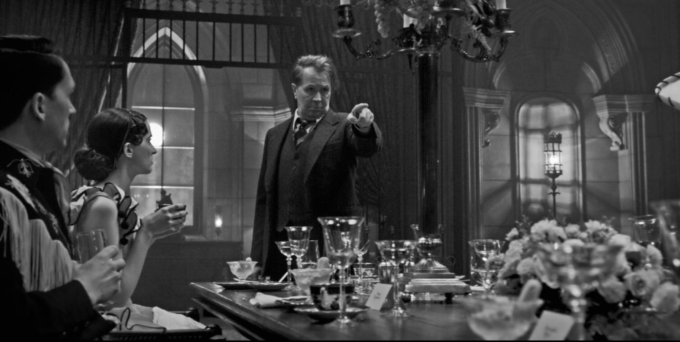
Welles co-founded the Mercury Theatre, an independent company that produced dramatic performances on Broadway and for radio. He earned notoriety for his adaptation of H.G. Wells’s 1897 book The War of the Worlds. Broadcast over the radio in October 1938 as a series of breaking news alerts, the program caused panic among some listeners who believed the narrative was real.
So Welles had established a name for himself in popular culture, but not yet as a filmmaker. For RKO Pictures to give him carte blanche over his first major movie project was unprecedented. Welles didn’t seem at all fazed by the enormous expectations that had been heaped upon his shoulders.
He had originally invited Mankiewicz to work with him for Mercury Theatre, but their planned collaboration changed. Welles and Mankiewicz decided to aim high with this initial enterprise.
Mank, as his friends call him, was the first drama critic for The New Yorker when the magazine was founded in 1924. His dream of becoming a playwright went unfulfilled, so he began working as movie screenwriter — despite his obvious contempt for the film industry.
Mankiewicz was a frequent participant at the famed Algonquin Round Table at the Algonquin Hotel in New York City, a daily gathering of personalities in the 1920s who referred to themselves as The Vicious Circle. They traded barbs and matched wits with each other, exchanges that were often publicized in newspaper columns.
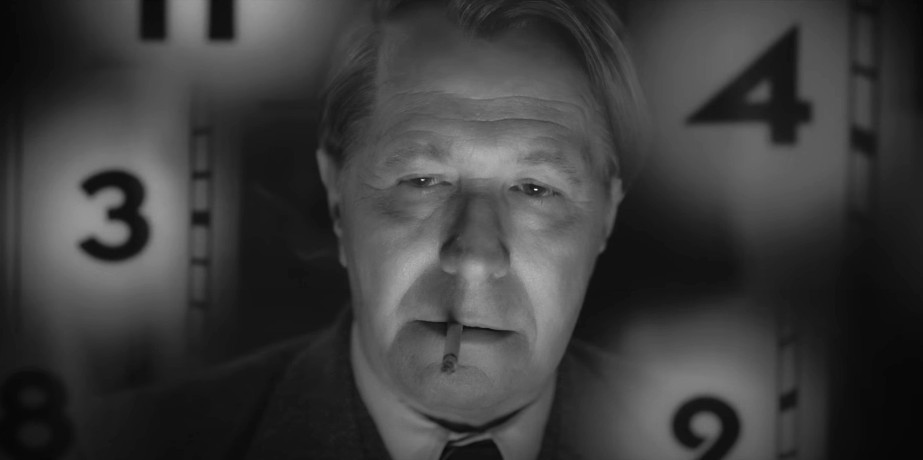
This atmosphere fit Mankiewicz to a tee. He was a popular guest at social events where he enjoyed displaying his erudition, particularly when it came to literature. But he was just as well known for his personal vices; he was an unrepentant gambler and alcoholic.
Through his work as a Hollywood screenwriter, Mankiewicz came to know newspaper tycoon William Randolph Hearst. He regularly attended parties at Hearst’s elaborate estate in San Simeon, Calif.
Hearst had a close relationship with movie executive Louis B. Mayer, one of the founders of Metro-Goldwyn-Mayer Studios. Mankiewicz worked as a screenwriter at MGM — and it is this environment in which these three men interacted and, at times, clashed.
Mankiewicz had befriended Hearst’s mistress, actress Marion Davies. Hearst began financing film projects for Davies and promoted her through his newspapers.
Mank opens with the lead character setting himself up at a remote spot in California. Mankiewicz is recovering from a leg injury, and he has a German housekeeper known as Fraulein Freda (Monika Gossmann) and British secretary named Rita Alexander (Lily Collins) to assist him.
John Houseman (Sam Troughton), the British actor who co-founded the Mercury Theatre, serves as a middleman between Mankiewicz and Welles. (Houseman would decades later gain a new generation of fans as the intimidating Professor Charles Kingsfield in 1973’s The Paper Chase, for which he won the Academy Award for Best Supporting Actor.)
Mankiewicz is under a tight deadline (60 days) to complete his Citizen Kane manuscript. In taking dictation and typing up the document, Alexander strongly suspects that Charles Foster Kane is based on Hearst.
This allows the movie to examine how Hearst and Mankiewicz met and why they had a falling out. The plot switches between scenes of Mankiewicz laboring on his script and flashbacks to key moments of his interactions with Hearst and Mayer in the 1930s.
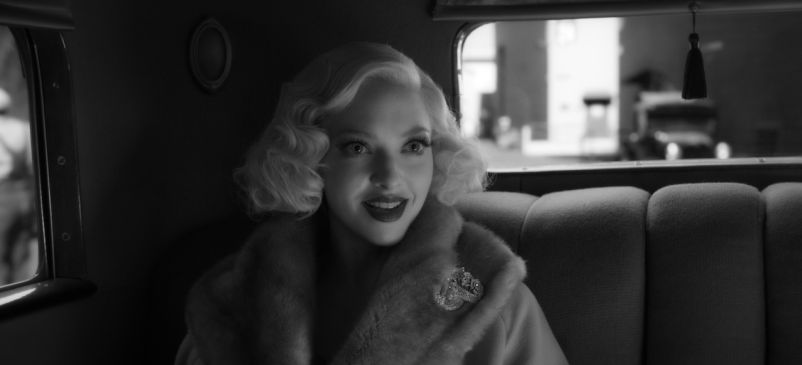
Mank is filmed in black and white — an homage, perhaps, to Mankiewicz’s previous work. As one of the screenwriters for The Wizard of Oz, he wrote the parts pertaining to Kansas. He advised that these portions of the movie should be filmed in black and white in contrast to the scenes in the Land of Oz and Emerald City, which were in color.
Other cast members of Mank include Amanda Seyfried as Marion Davies, Arliss Howard of Louis B. Mayer and Charles Dance as William Randolph Hearst. Their on-again/off-again relationships make for a fascinating glimpse into how the tools of mass media were used during this time to persuade — and deceive — American consumers.
Mankiewicz turns on Hearst and Mayer after they oppose author Upton Sinclair’s candidacy for California governor in 1934. Mankiewicz is sympathetic to the brand of socialism that Sinclair espouses, but Hearst and Mayer are determined to stop him at all costs.
Citizen Kane presents the story of a man who achieved tremendous heights but brought ruin on many people and ultimately himself. The script infuriated Hearst, who mounted a vigorous campaign to prevent the movie from being shown. While Mankiewicz considered it his best work, his screenplay alienated him from many of his friends and colleagues.
Acrimony also developed between Mankiewicz and Welles over the manuscript. Mankiewicz wanted to back out of a provision in their contract and receive credit in the film. Welles eventually relented, but the two remained adversaries for the rest of their lives.
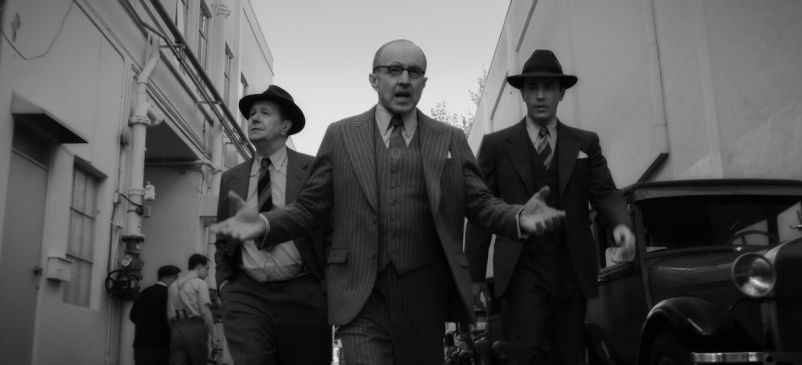
In 1942, Citizen Kane was nominated for nine Academy Awards. But it took home only one of them, the Oscar for Best Writing (Original Screenplay) — which, ironically, Mankiewicz and Welles shared.
Mank lets us peer into a world we don’t often see. It raises questions of who shapes popular viewpoints, suggesting they often use dubious means to achieve their goals.
Sadly, Mankiewicz’s life did not end happily ever after. He may have shared Dorothy’s affirmation that “There’s no place like home.”
But for Mankiewicz, home was wherever he could scrounge a paycheck and nurse a bottle of liquor. He died in 1953 at the age of 55 from the consequences of his alcoholism.
He previously wrote of himself: “I seem to become more and more of a rat in a trap of my own construction, a trap that I regularly repair whenever there seems to be danger of some opening that will enable me to escape. I haven’t decided yet about making it bomb proof. It would seem to involve a lot of unnecessary labor and expense.”
Despite his work on some true masterpieces, Mankiewicz largely faded from the public’s attention. Thankfully, Mank corrects this oversight.

